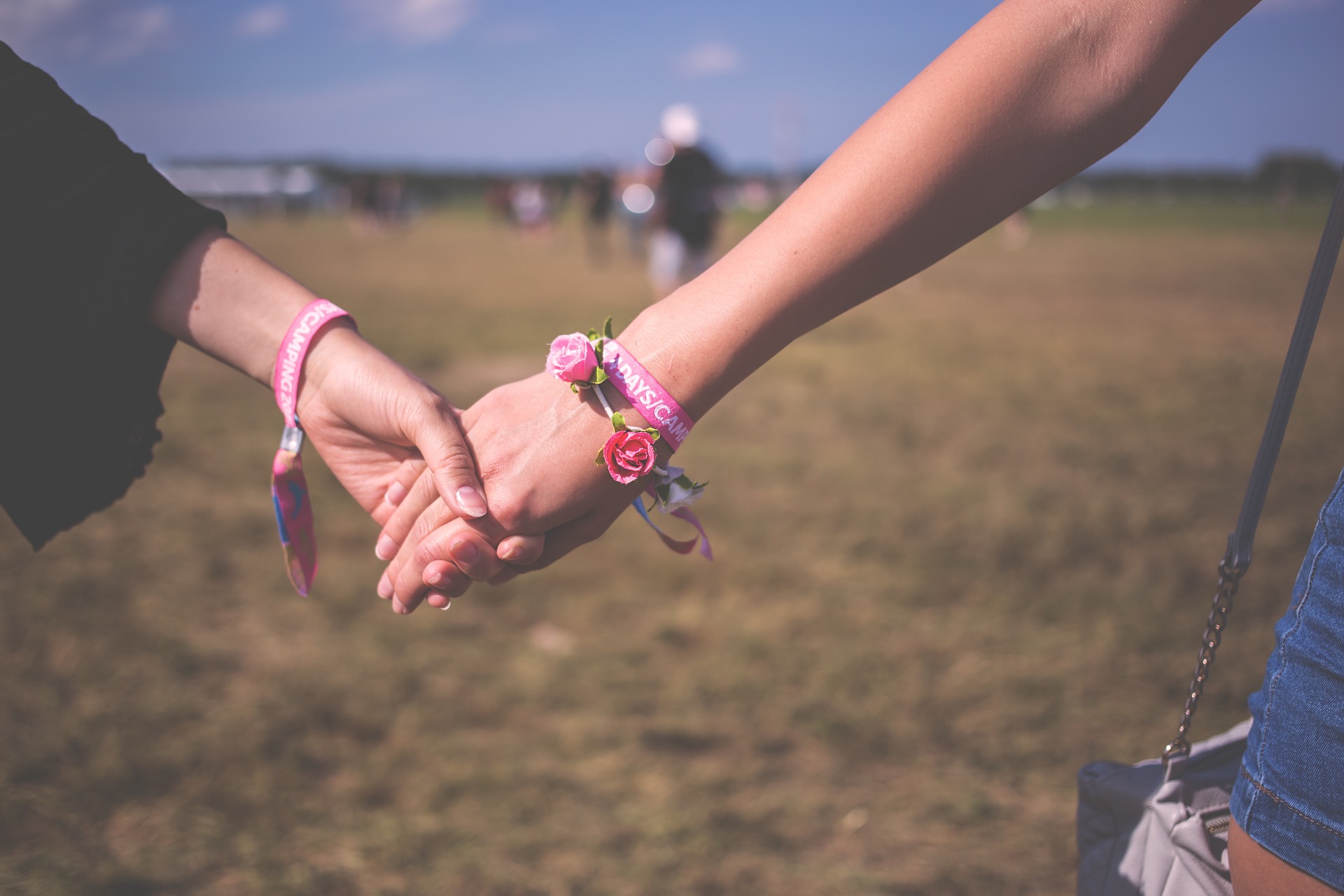Lesbianism, the attraction of a female to someone of the same sex, has been part of the fabric of society for millennia. Like homosexual relationships between males, it has suffered a degree of prejudice; although lesbians have been more tolerated, their relationships inspire curiosity more than outright hostility. Lesbians are discriminated against in countries with conservative regimes but are accepted elsewhere and protected by United Nations human rights legislation. Women seeking same-sex partners can make the most of international lesbian dating, gravitating to online outlets where they can interact with like-minded individuals. Algorithms will help them on their quest to contact those girls who would make the most compatible partners. This virtual environment also provides blogs, forums, and chat rooms, where lesbians are always made to feel welcome. Here we’ll take a closer look into lesbianism, from ancient times through to the 21st-century.
Ancient Greece and Rome
In classical Greek civilization, it was common for people of the same gender to be placed together. In various circles, from servants to the military, males would live together; females likewise. This enforced segregation naturally led to erotic relationships forming amongst females. The only trouble with finding out more about these couplings is that although lesbianism has been recorded in the art, philosophy, and literature emanating from this period, same-sex activity between Greek females was much less reported than the equivalent with gay men. The philosopher Plato does mention women who form romantic attachments to others, although he stopped short of implying an erotic element. He described this in terms of infatuation rather than anything physical. It has been noted by historians that vases and other pottery dating from ancient Greece have been known to portray women with their arms thrown around the waist of other females. In many circles, this has been interpreted as evidence of romantic desire between lesbians.
In ancient Rome, attitudes towards lesbians tended to be more hostile. Those indulging in same-sex relations within the same gender were perceived as oddities. In a society that was strongly patriarchal, founded on military conquest, either governed by male senators or with an all-powerful emperor at the helm, the notion of lesbianism was considered contrary to Rome’s basic foundation as a male-dominated society.
Medieval attitudes
In the Middle Ages, it became harder to discover evidence of lesbian activity. In many parts of Europe, especially the Holy Roman Empire, Italy, and Spain, same-sex relationships between women were even associated with heresy at the least; witchcraft at worst. These were considered capital crimes, publishable by death. However, in English literature, it has been argued that lesbianism was considered fashionable, especially when it was tied in with the more enlightened artistic and philosophical attitudes prevalent during the Renaissance.
English and French aristocracy
Lesbianism was sometimes tied in with expressions of class distinction. While it would be less obvious that lower classes denied education or even the right to vote, the upper classes had a history of women enjoying passionate affairs. Queen Anne, who assumed the throne of England, Scotland, and Ireland between 1702 and 1707, was rumored to be enjoying a passionate affair with the Duchess of Marlborough, one of her advisors. There was a lot of speculation about the French Queen, Marie Antoinette. From the end of the 18th-century onwards, there were numerous instances of prominent women enjoying affairs with other lesbians. As society moved on and more women became poets or authors, these relationships gained wider publicity – and acceptance.
Modern times
By the 20th-century, society had moved even further. Berlin enjoyed a vibrant lesbian scene after the First World War, with clubs springing up and magazines such as The Girlfriend celebrating this vibrant subculture. Although the advent of the Nazi regime criminalized same-sex relationships, forcing them underground, after the 1940s, the scene re-emerged into a more hopeful future with vigor.
In the USA, lesbianism expanded with the growth of jazz clubs, while blues singers such as Ethel Waters, Bessie Smith, and Gladys Bentley openly sang about affairs with other women. Throughout the 20th century and beyond, the advent of wars requiring full-scale male mobilization has resulted in opportunities for females to find romance amongst their gender. In the post-war era, social revolutions and feminism from the 1950s and 1960s have given lesbianism an even higher profile.
Throughout history, lesbians have often faced challenges. As we head towards the first quarter of the 21st-century, females who love other females can face the future with growing confidence. Society is more open in so many different areas. Older singles feel empowered to seek relationships, while interracial partnerships are becoming common. In the Western world, only ignorant people would bat an eyelid were someone to be open about their sexuality. For the majority, lesbians can feel free to express their emotional attachments.
